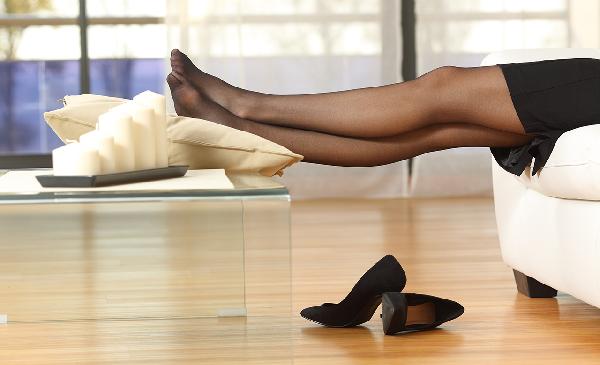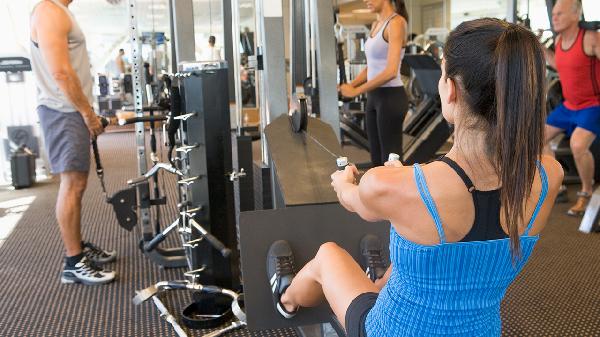Got a rusty barbell gathering dust in your garage? Don’t toss it just yet—those gnarly orange stains don’t mean it’s game over. With a little elbow grease and some household staples, you can bring that iron beast back to life, no fancy equipment needed. Here’s how to turn your corroded relic into a gym-worthy piece of equipment again.

White vinegar isn’t just for salads—it’s a rust-busting powerhouse. The acetic acid breaks down iron oxide (that’s science-speak for rust) without damaging the metal underneath. Grab a shallow tub or even a trash bag, pour in enough vinegar to submerge the rusty sections, and let it soak for 12–24 hours. Pro tip: For stubborn patches, wrap vinegar-soaked rags around the bar and secure them with rubber bands. Once the rust softens, grab a scrubbing pad or steel wool and go to town. Rinse with water, dry thoroughly (hairdryers work in a pinch), and finish with a light coat of mineral oil to prevent future corrosion. Bonus: Your garage will smell like a pickle factory, but hey, no pain no gain.
If vinegar feels too aggressive (or you’re fresh out), baking soda’s gritty texture and mild alkalinity make it perfect for scrubbing away surface rust without scratching the bar. Mix equal parts baking soda and water to form a thick paste, slather it onto the rusted areas, and let it sit for an hour. Then, attack the gunk with a nylon brush or non-abrasive sponge. For knurled grips, use an old toothbrush to dig into those grooves. Wipe clean, dry immediately, and follow up with a protective oil layer. This method’s ideal if you’re dealing with light rust or want to avoid harsh chemicals—plus, it’s basically free if you’ve got baking soda in your pantry.
Feeling extra? Electrolysis sounds like mad scientist territory, but it’s surprisingly simple and wildly effective for heavy rust. You’ll need a plastic container, washing soda (not baking soda!), a battery charger, and a sacrificial piece of steel (think rebar or a wire coat hanger). Fill the container with water mixed with a tablespoon of washing soda per gallon, submerge the barbell without letting it touch your sacrificial metal, then clip the charger’s positive lead to the steel and the negative to the barbell. Turn on the charger and watch bubbles work their magic as rust transfers to the sacrificial metal. After 6–12 hours, scrub off any residual gunk, rinse, and oil the bar. Warning: This method requires caution (don’t electrocute yourself), but it’s oddly satisfying for gearheads.
Once your barbell’s clean, keep it that way. Wipe it down after sweaty workouts to remove moisture and skin oils, store it somewhere dry (garage floors are a no-go), and apply a thin layer of 3-in-1 oil or specialized barbell coating every few months. If you’re fancy, invest in a silicone-impregnated bar sleeve for long-term storage. Rust is like bad form—it creeps in when you’re not paying attention, so stay vigilant.
There you have it: three legit ways to revive a rusty barbell without dropping cash on a replacement. Whether you go for the kitchen-cabinet fixes or geek out with electrolysis, your weights will thank you. Now get back to lifting—rust-free bars just feel smoother, and your gains deserve that extra polish.
























